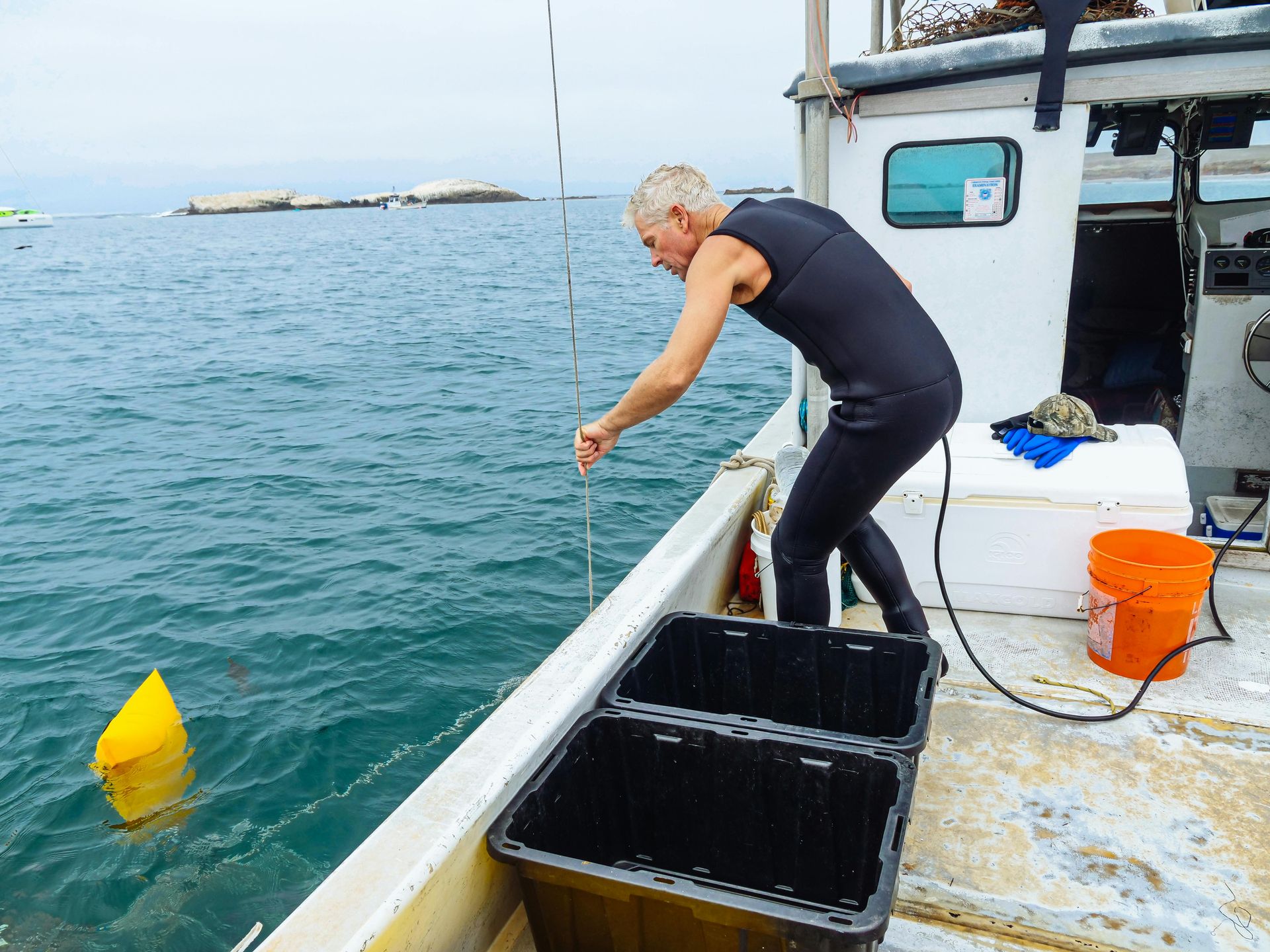Adams & Associates - Learn with Us
The 2025 Hurricane Season Guide: 5 Steps to Protect Your Business Before the Storm Hits

Hurricane season 2025 is already proving to be an active one. We've seen four named storms so far: Andrea, Barry, Chantal, and Dexter: and NOAA's forecast calls for 13 to 18 named storms total this year. That's above normal activity, which means now's the time to get your business ready.
Whether you're running a small shop in Hawaii or managing operations across multiple locations, these five steps will help you protect what you've built. Don't wait until you see a storm on the forecast. The best time to prepare was yesterday, but the second-best time is right now.
Step 1: Create Your Hurricane Action Plan
Think of this as your business playbook for when storms threaten. You wouldn't run your business without a plan, and hurricane preparedness deserves the same attention.
Start with these basics:
• Document everything you own with photos and videos • Identify which records and equipment are most critical • Map out evacuation routes from all your locations • Create contact lists for employees, suppliers, and key customers • Review your insurance coverage gaps (more on this later) • Establish relationships with contractors for post-storm repairs
Your plan should cover both the obvious stuff: like boarding up windows: and the details people forget, like who has keys to storage areas and backup locations for important files.

QUESTIONS? Not sure where to start? Begin with a simple walkthrough of your property. What would happen if 100+ mph winds hit tomorrow? Write down everything that comes to mind.
Step 2: Test Your Plan (Before You Need It)
A plan that sits in a drawer isn't worth much. You need to practice it with your team regularly.
Try these testing methods:
• Tabletop discussions: Gather your team monthly to talk through "what if" scenarios • Practice drills: Time how long it takes to secure your building and evacuate • Equipment checks: Test generators, sump pumps, and emergency supplies quarterly • Communication tests: Make sure everyone can reach each other during off hours
One Hawaii business owner told us, "We thought we were prepared until we tried to actually use our generator during a practice run. Turns out it hadn't been serviced in two years and wouldn't start. That 30-minute test saved us from a much bigger problem later."
Remember, your plan will change as your business grows. What worked last year might not work this year if you've added new equipment or employees.
Step 3: Monitor Weather and Activate Short-Term Prep
When meteorologists start tracking a system heading your way, it's go time. This usually means you have 48-72 hours to get everything secured.
Your short-term checklist:
• Install storm shutters or plywood over windows
• Secure outdoor furniture, signs, and anything that could become a projectile
• Fill vehicle gas tanks and check emergency supply kits
• Back up critical computer data to cloud storage
• Notify employees about schedule changes or early closure
• Contact your insurance agent to discuss any last-minute coverage questions

Pro tip: Don't wait until the last minute to buy supplies. When a storm enters the forecast, stores quickly run out of basics like batteries, flashlights, and tarps. Stock up during calm weather.
Step 4: Protect Your Most Valuable Assets
Your inventory, equipment, and records represent years of hard work. Protecting them requires more than just hoping for the best.
Physical protection steps:
• Move valuable equipment to upper floors if flooding is possible • Wrap sensitive electronics in plastic and store them high • Fill sandbags for areas prone to water intrusion • Shut off electricity to non-essential equipment • Keep sump pumps and fire suppression systems running
Data protection is equally important:
• Upload critical files to secure cloud storage • Make copies of insurance policies, contracts, and financial records • Store backup drives in waterproof containers • Ensure key employees can access important systems remotely
Think about what you absolutely cannot afford to lose. Those items get priority protection.
Step 5: Execute Safe Evacuation Procedures
When it's time to leave, everyone needs to know exactly what to do. Confusion during evacuation leads to mistakes and injuries.
Your evacuation protocol should include:
• Clear communication about when to leave
• Designated meeting points away from the building
• Final security checks (locked doors, activated alarms)
• Employee transportation arrangements if needed
• Contact procedures for after the storm passes
Final facility preparations:
• Turn off main electrical breakers (except for essential systems) • Shut off gas lines to prevent leaks from broken pipes • Place "EVACUATED" signs on doors for emergency responders • Document final property conditions with photos

QUESTIONS? Make sure every employee knows the evacuation plan, not just managers. During emergencies, anyone might need to make quick decisions.
Why This Matters More in 2025
This year's forecast shows we're in for an active season. The peak months: August through October: are when most major hurricanes develop, and we're right in that window now.
Climate patterns are also shifting. Storms are intensifying faster and bringing more rainfall than in previous decades. What used to be adequate preparation might not be enough anymore.
The good news? Businesses that prepare properly often bounce back faster after storms. FEMA studies show that companies with solid disaster plans are more likely to reopen quickly and maintain customer relationships.
Getting the Right Insurance Coverage
While we're talking preparation, let's address the elephant in the room: insurance. Many business owners discover their coverage gaps only after it's too late to fix them.
Key coverage areas to review:
• Business interruption insurance for lost income during closures
• Equipment breakdown coverage for hurricane-damaged machinery
• Extra expense coverage for temporary relocation costs
• Flood insurance (standard policies often exclude flood damage)
QUESTIONS? Not sure about your coverage? Get a business insurance quote or review your current policies with an agent who understands your local risks.
Taking Action Today
Hurricane preparedness isn't a one-time task: it's an ongoing process. Start with Step 1 today, even if no storms are currently threatening your area. Each step you complete now makes the next storm less stressful and less expensive.
Remember, the goal isn't just surviving the storm: it's getting back to business as quickly as possible afterward. Customers remember which businesses were ready to serve them when others were still cleaning up.
The 2025 hurricane season isn't over, but you can be ready for whatever comes next. Your future self (and your employees) will thank you for taking action now.
Ready to protect your business? Start with your hurricane plan today, and don't forget to review your insurance coverage. A little preparation now can save you months of headaches later.










